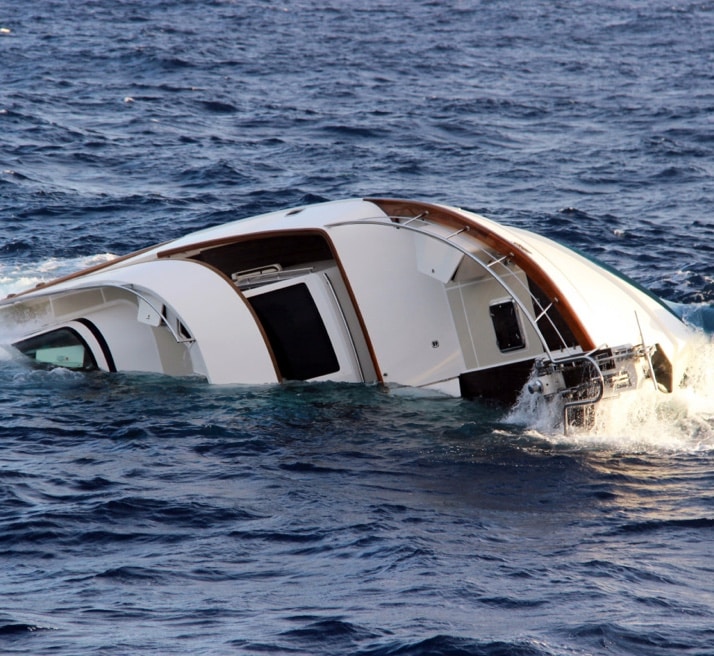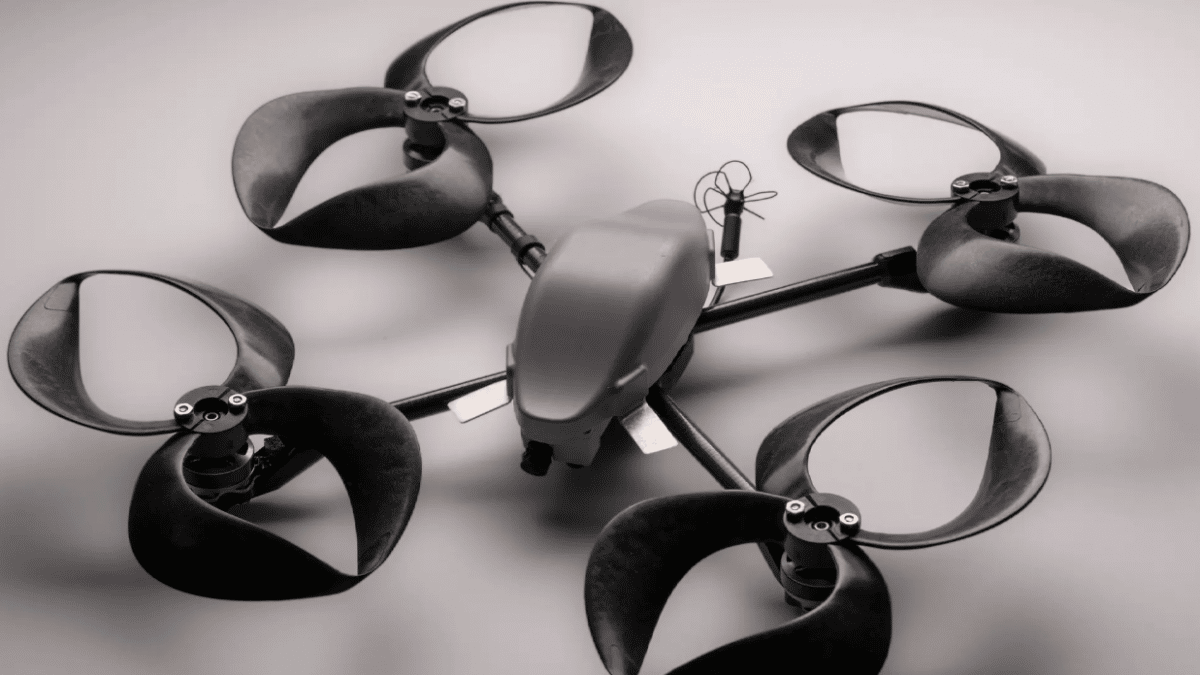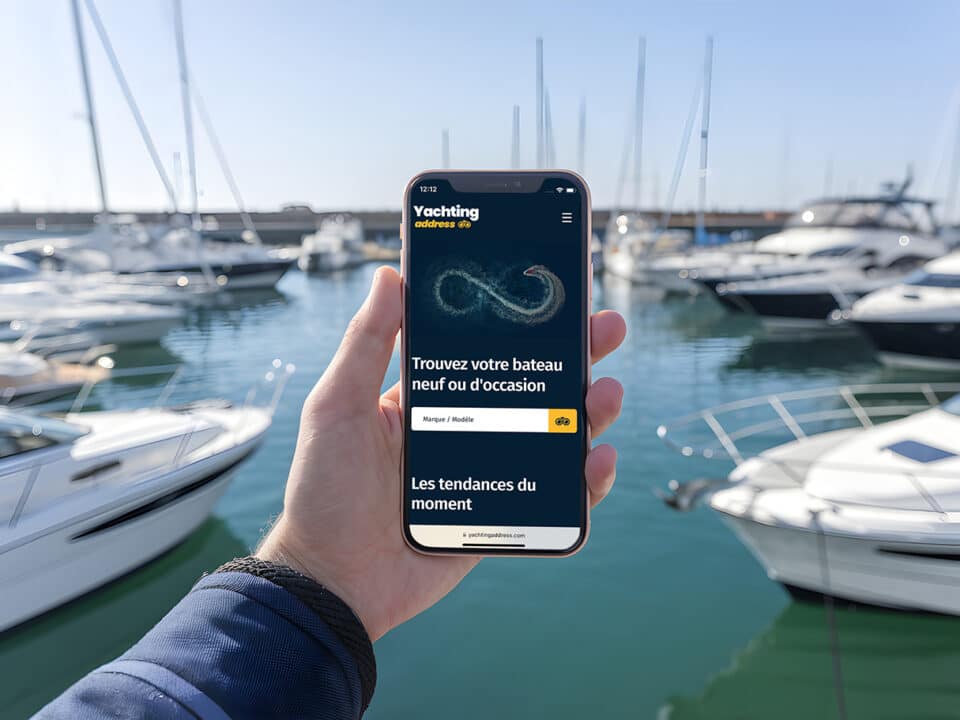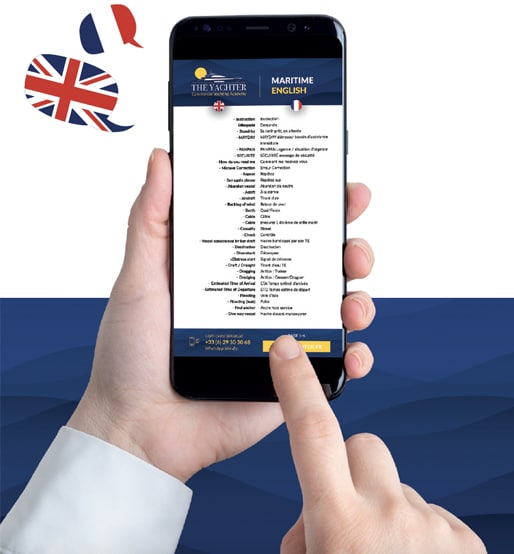
After the church bells, the cockerel is a lighthouse that disturbs new arrivals.
14 February 2023
The umbrella trick
14 February 2023These strangely-shaped toroidal propellers appear to represent a revolutionary advance for the aviation and marine sectors. Radically quieter than traditional propellers in both air and water, they also offer enormous efficiency gains.
How are toroidal propellers designed?
Propellers are designed to take a fluid, usually air or water, and use rotational motion to push it along. They are a kind of evolution of the Archimedes screw, which was probably used in ancient Egypt thousands of years before it was described by Archimedes in 234 BC.
Propeller-driven airplanes still use twisted wing-blade propellers similar to those used by Chinese children 2400 years ago, with surprisingly little gain in efficiency over the wooden propellers that the Wright brothers developed in a wind tunnel in 1903. Boats still use screw propellers, variants of which can be found as early as the 1700s.
An advantageous energy source
Sharrow Marine has achieved some truly spectacular results with boat propellers that use toroidal loops instead of standard blades. After several years of development, the company has now tested its propellers against hundreds of standard propellers, and the difference is incredible. Sharrow’s propellers simply don’t create tip vortices – a major source of energy loss and a surprisingly important component of an outboard motor’s overall noise.
By dramatically reducing the amount of liquid that “slides” down the sides of a propeller instead of being pushed through, toroidal propellers suck in more water and move the boat further with each revolution. They regularly double the speed a boat can reach at low and medium engine speeds, radically widening the engine’s effective rpm range. Last but not least, they reduce fuel consumption by around 20%, no mean feat given the enormous energy requirements of propeller-driven boats and the sheer size of the sector.
Quiet propellers with phenomenal speed
Noise comparison between standard and Sharrow MX™
Indeed, the company claims it’s a propeller you can stick on more or less any outboard motor, then push to 30 mph (48 km/h) quietly enough to have a conversation on board without raising your voice. It’s quite remarkable.
Sharrow already sells its toroidal propellers, CNC-machined to fit a wide range of common outboard motors from most major manufacturers. The downside is the price: they cost 4,999 USD, whatever the model, whereas a regular propeller costs around 500 USD.
But then again, this is a relatively small component of the overall cost of many boats, and given their voracious appetite for fuel, the investment could well pay for itself in a short space of time, while making navigation much more comfortable for those on board, passers-by and marine life below the surface.
In the era of energy transition, these elements should also be of great interest to electrified boat builders, for whom a 20% gain in range for a five-thousand-dollar accessory would be a no-brainer.



